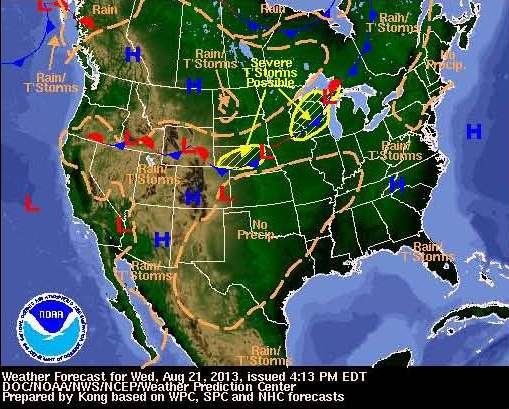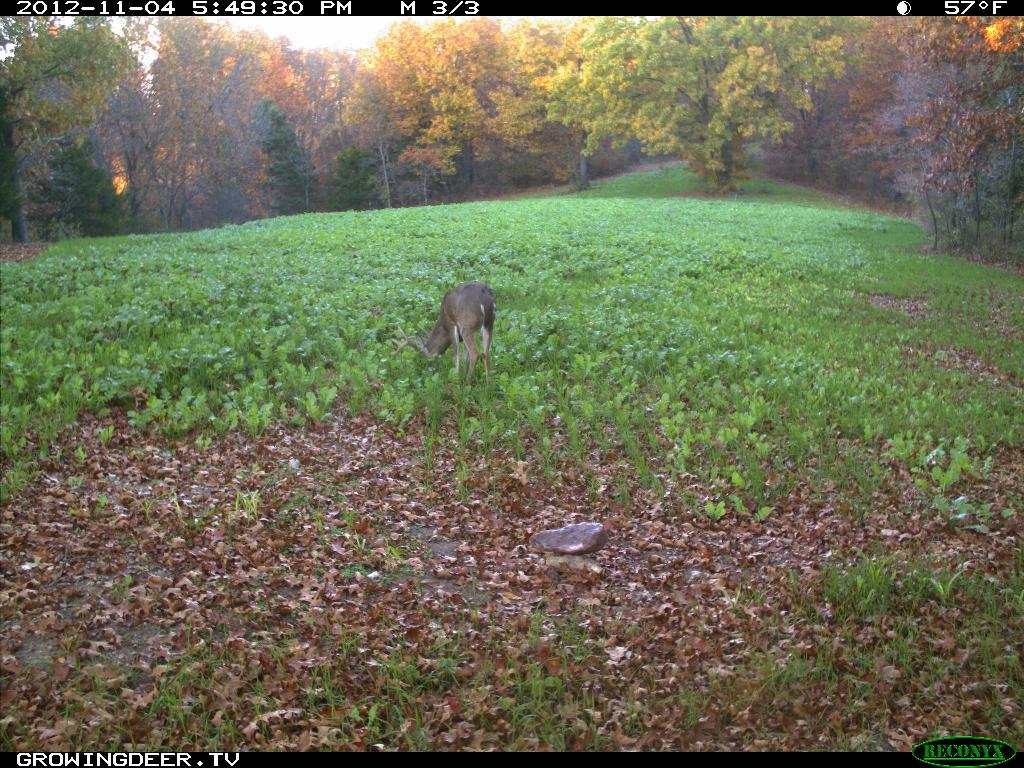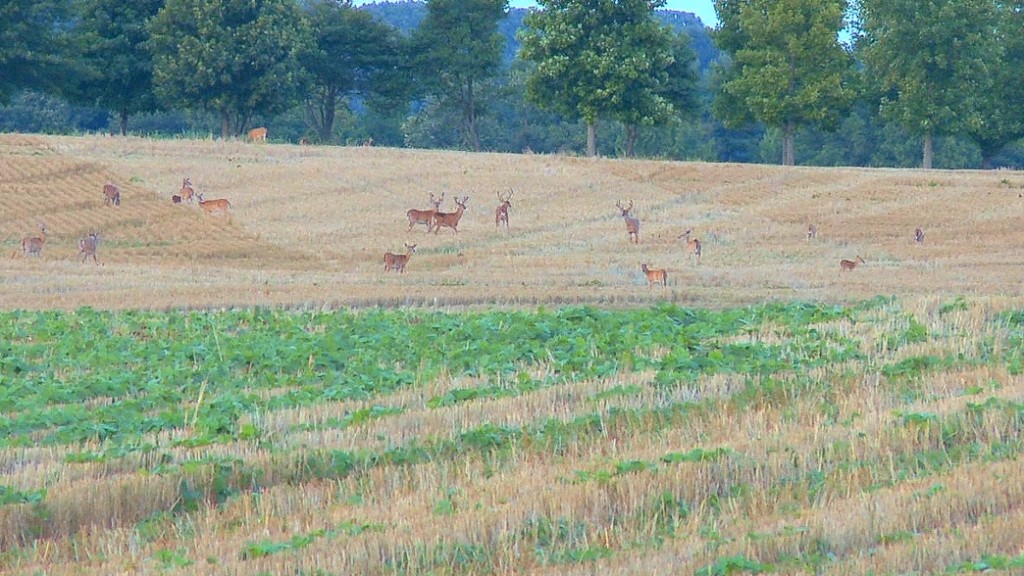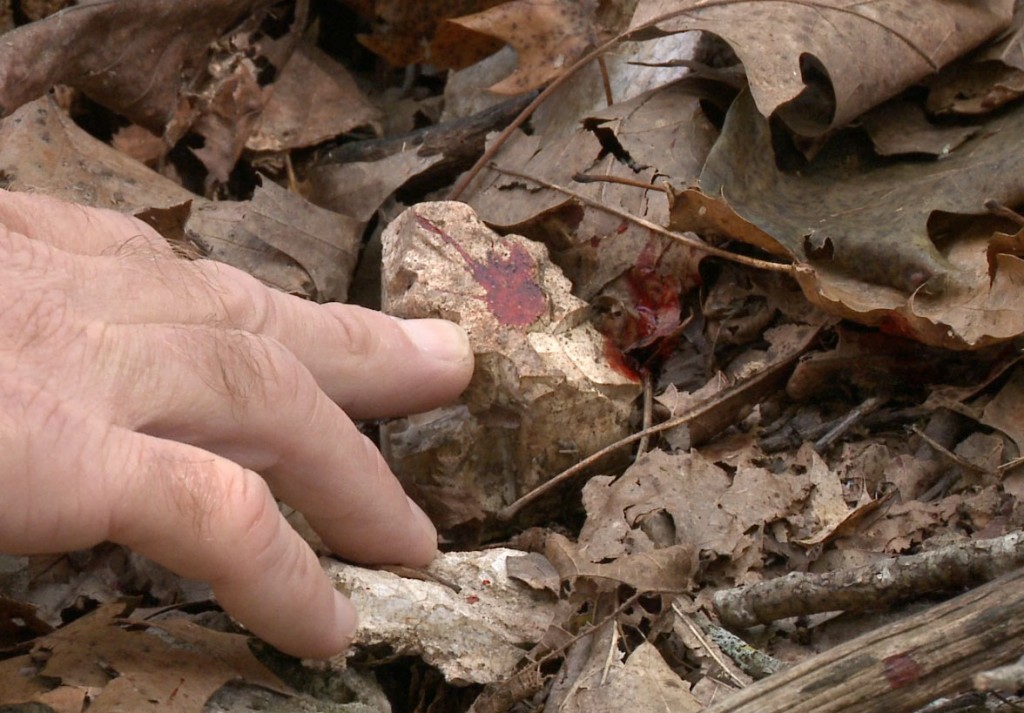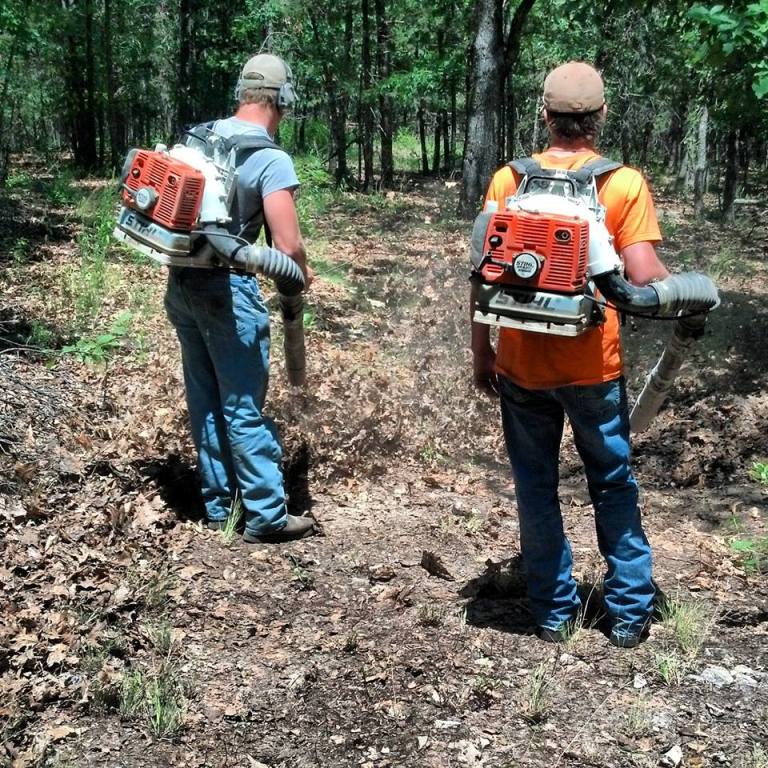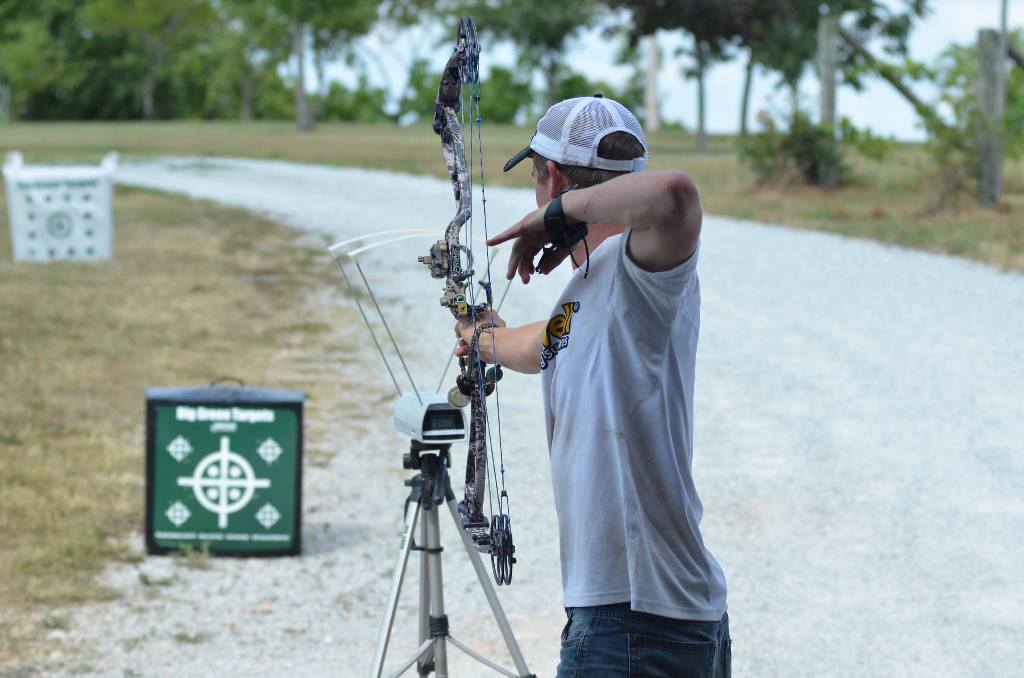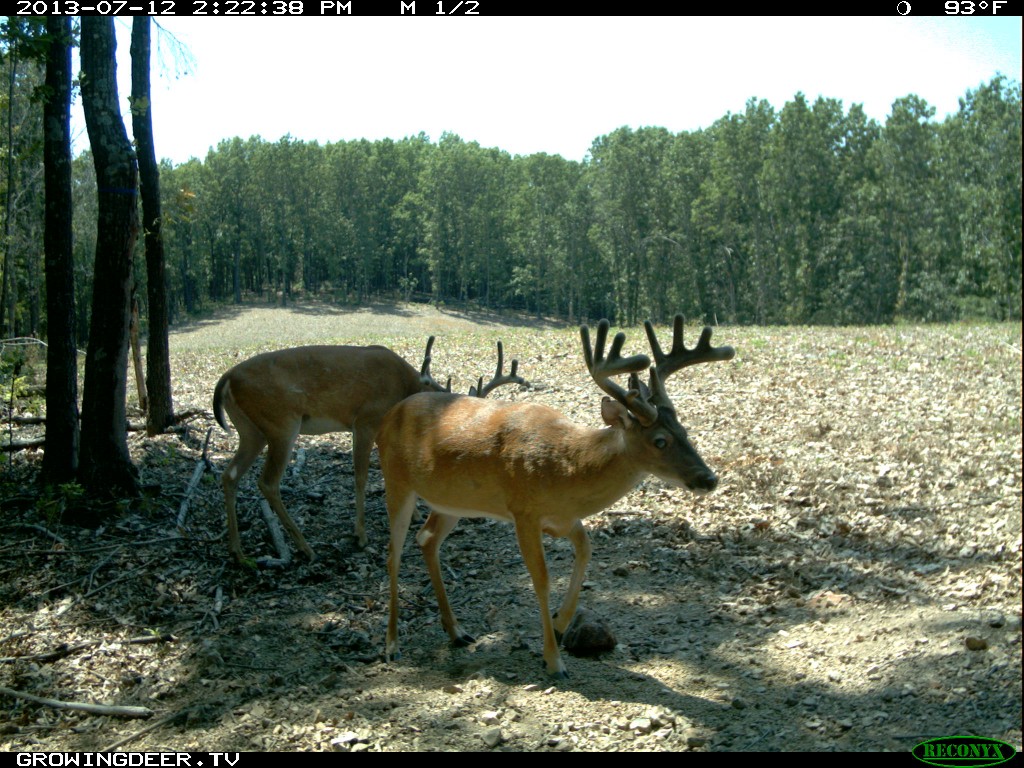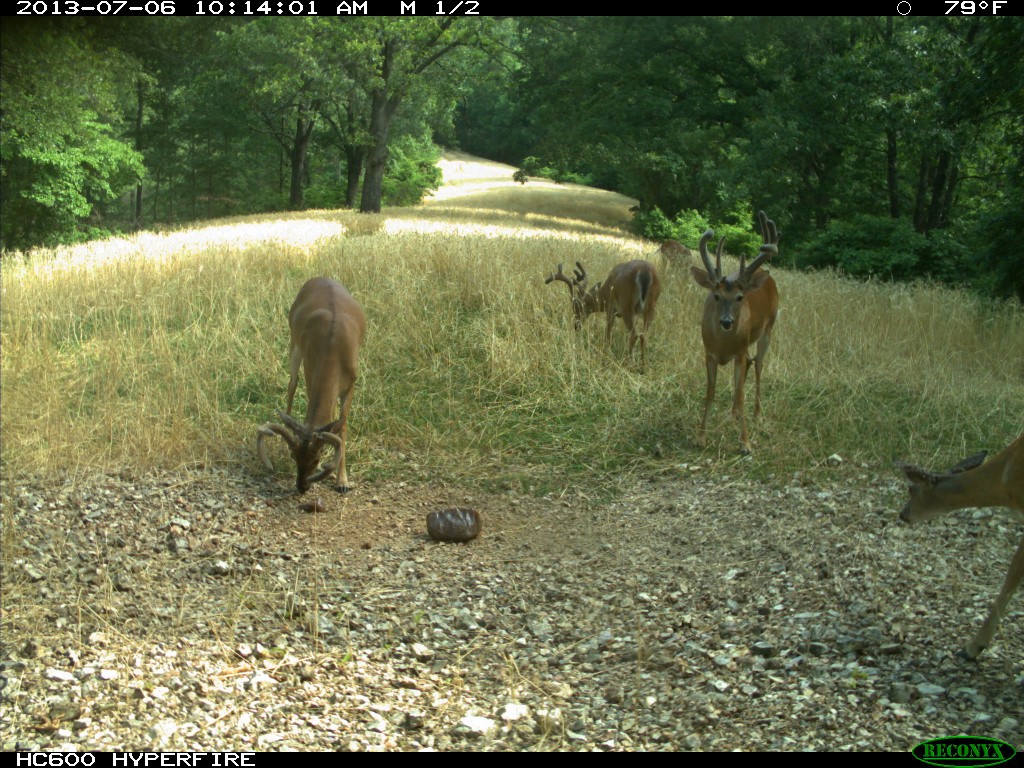Nineteen members of the Granite Mountain Hotshot crew were killed while fighting fire this week. I am very saddened by this loss –having been a wildlife firefighter for the Bureau of Land Management while I was in college. Like all tragedies, I can’t understand the full magnitude of this event because I didn’t know any of these folks personally.
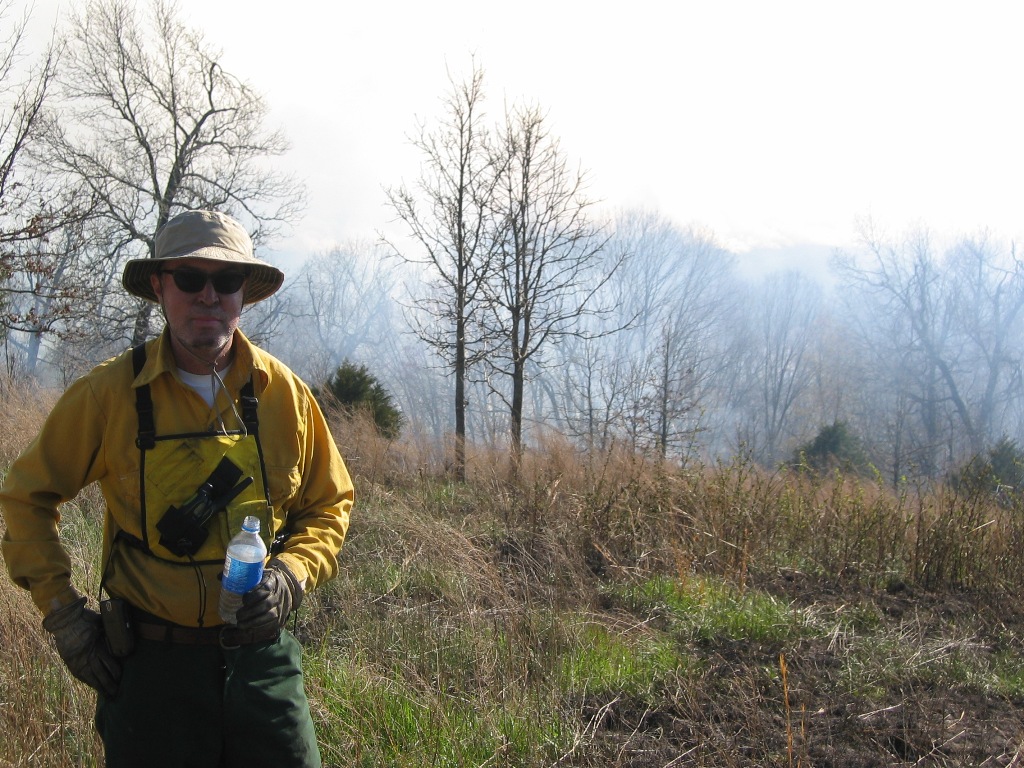
Taking a break after a good day of prescribed fire.
Such events make some folks question the practice of prescribed fire. These events should serve to encourage the use of prescribed fire. Fire can be dangerous. However, the lack of fire can cause much greater danger.
The Smokey the Bear campaign started after years of devastating wildfires. Those wildfires did tremendous damage and resulted in the loss of human lives and much habitat. The call to control wildfire was necessary and needed! However, the call to stop all fire and the message that all fire is bad was wrong. That campaign and the mindset it created that all woodland/grassland fires are bad have probably resulted in as much damage as the wildfires that started the Smokey the Bear program!
Researchers have studied fire scars on very old living and dead trees. The pattern is clear that most areas, especially those that were timbered (and not swamps) and grasslands were impacted by fire every three to ten years on average. The average is wide due to the average humidity, etc., at each specific area. These fires were started by lightning strikes, Native Americans, etc. It seems most of these fires were of low intensity. They may have covered 100’s of square miles, but the flame height, etc., were not like the major fires we see on TV now.
The reason the historic fires were lower in intensity was because the frequency of fire during pre-settlement days reduced the fuel loads and limited the fire’s intensity. Fires tended to burn hotter on south and west facing slopes and barely creep along on north and eastern facing slopes where the soil moisture and humidity levels were higher.
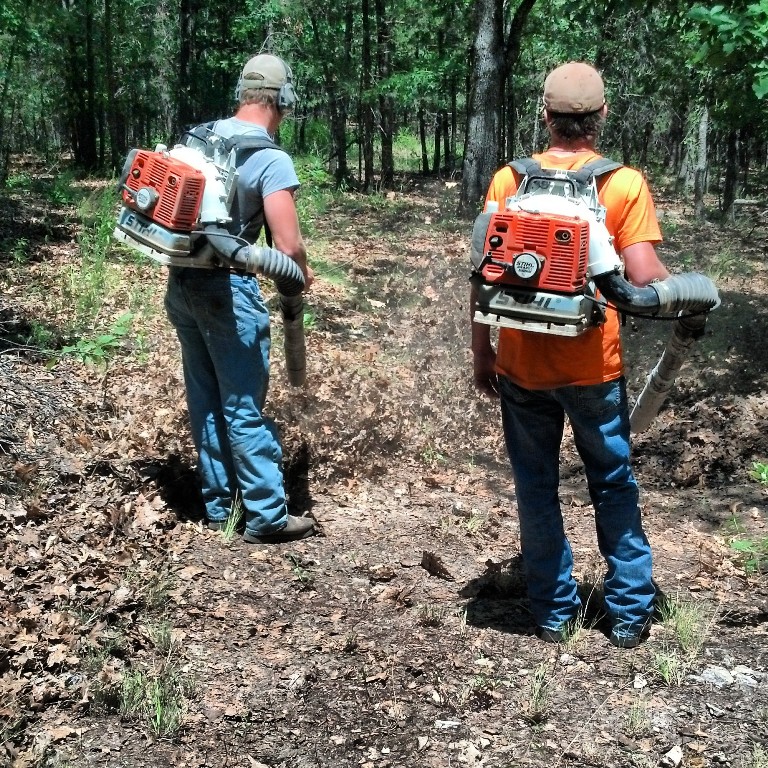
Making fire breaks for prescribed fire.
In general, since the Smokey the Bear campaign many folks have been against using prescribed fire to reduce fuel loads and improve habitat. This has proven to be a costly mistake. Fire is as natural a part of the environment as trees or grass. In fact, many native vegetation species are dependent on fire to reproduce. Others species prosper when fire occurs.
Fire results in new growth (early succession plant communities) that is extremely beneficial to many species of wildlife. Fire can reduce species of harmful insects like ticks, etc. Fire is a tool – like a dozer, herbicides, etc. Like other tools fire can be used to benefit or harm environments and people. Imagine if there had been a good prescribed fire program that had reduced the fuels in the area where those 19 hotshot crew members were killed this week. Lighting would have most likely still started a fire. But with reduced fuel loads, the fire wouldn’t have been as aggressive and intense. No one can say for certain, but those 19 firefighters might still be alive.
It’s time we changed the Smokey the Bear campaign and educated folks that aggressive, out of control fire is bad. But low intensity, prescribed fires are not only natural, but a great habitat management tool – as well as a safe and efficient way to reduce fuel loads so catastrophic fires don’t occur.
As a wildlife biologist, I use prescribed fire annually to improve and/or maintain habitat. As a forest and grassland land owner, I use prescribed fire to reduce fuel loads and ticks on my property to protect my family (Watch GDTV #89).
Researchers have clearly shown frequent, low intensity fires were common throughout the whitetail’s range. Totally excluding fire has proven to have deadly results for man and harmful results for many habitat types. Most states offer prescribed fire courses. Get educated and support well planned prescribed fire for better habitat and a safer environment.
Growing Deer together,
Grant
Warning: This blog contains information about prescribed fire which is a management tool for trained professionals using the appropriate tools for the situation.



